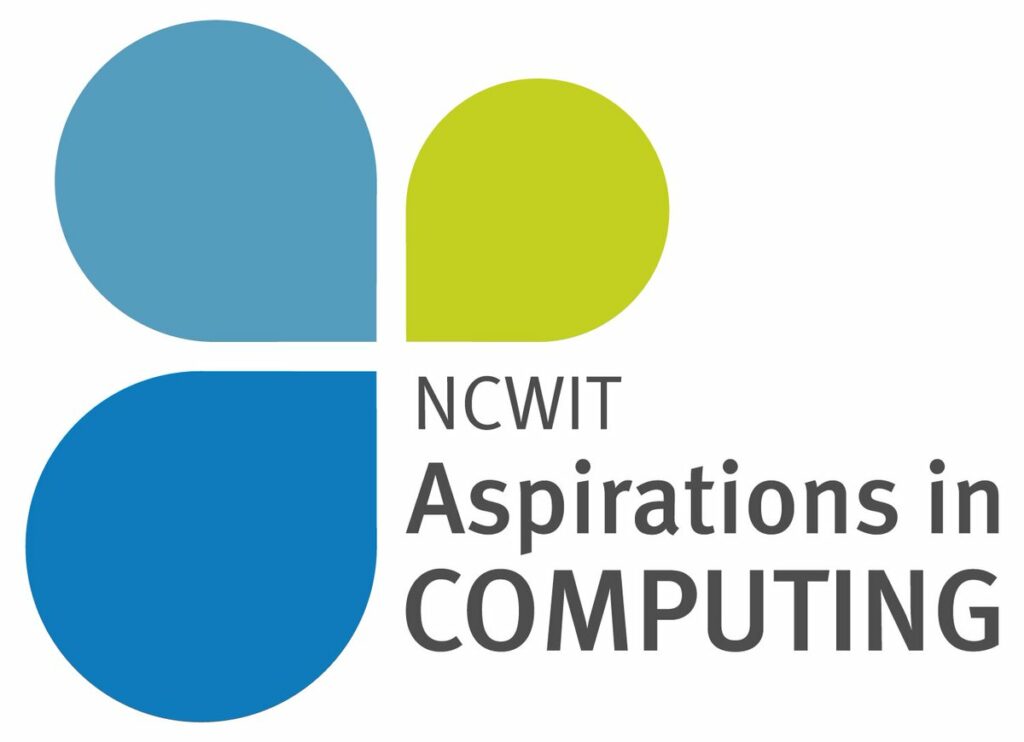Environmental engineering researchers at Oregon State University have received a $1.4 million grant to develop a promising technology for removing toxic pollutants from groundwater sources that supply drinking water to much of the United States.
Leading the effort is Lewis Semprini, university distinguished professor of environmental engineering, an internationally recognized expert with more than three decades of experience. His research focuses on various strategies for bioremediation, using microorganisms to break down dangerous environmental contaminants into smaller, more benign molecules. Funding for the project comes from the National Institute for Environmental Health Sciences, through its Superfund Research Program.
Of chief concern is a class of synthetic chemicals known as volatile organic compounds, or VOCs. Of nearly 3,500 samples collected from 98 major drinking water supply aquifers between 1985 and 2001, the U.S. Geological Survey determined that more than half contained at least one human-introduced contaminant, with VOCs detected most frequently.
Among the top 15 VOCs detected, eight were chlorinated aliphatic hydrocarbons listed by the Centers for Disease Control and Prevention as likely human carcinogens. These include common industrial solvents and degreasers, such as chloroform, perchloroethylene, and trichloroethylene. Increasingly problematic are emerging co-contaminants, such as 1,4-dioxane, also a likely human carcinogen.
VOCs are literally everywhere in the United States, and in other countries around the world. For decades, these compounds were widely used, poorly regulated, and carelessly disposed of. One of the biggest challenges in cleaning up the mess is the fact that VOCs are continuously leaking into groundwater from these past improper disposal practices, Semprini said.
“Common remediation techniques, such as pump-and-treat, are not sustainable for treating contaminant mixtures that slowly diffuse from low permeability zones in the subsurface,” Semprini said. “These issues highlight the need for long-term, passive, and more economical remediation techniques.”
One of the goals of the project is to determine how to make stronger hydrogel beads that will last for long periods in the subsurface remediation environment. Skip Rochefort, associate professor of chemical engineering and Kaitlin Fogg, assistant professor in bioengineering, and Michael Hyman, professor of microbiology at North Carolina State University, are members of the project team providing the needed expertise in the polymer, biological, and microbial science for the development of hydrogel beads.
The team will also investigate how to produce the beads in large quantities, so they can be added into aquifers as a passive remediation mechanism. As the substrate inside the beads is made available to the bacteria, gradually over time, they produce enzymes called monooxygenases, which metabolize the substrate along with any VOCs that diffuse into the bead from the surrounding water. Eventually, the beads themselves break down into harmless constituents.






